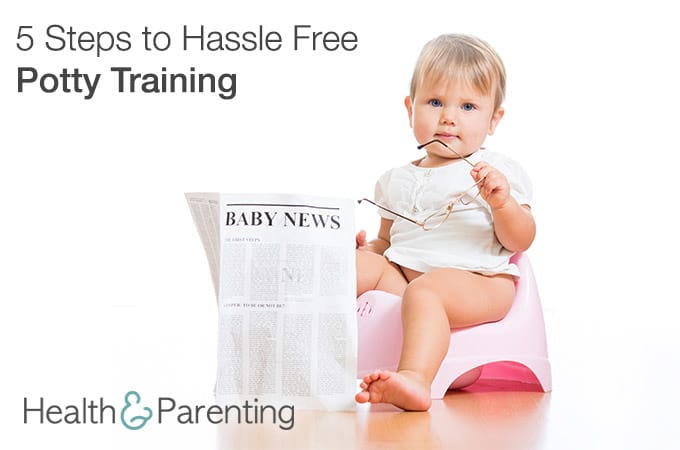Potty training is probably one of the most dreaded toddler milestones. Well, that and the terrible twos. On the one hand, you’re probably keen to put diapers behind you. And yet, on the other, you know there will be a lot of bodily excretions to clean up before you get there.
There isn’t a universal approach to potty training. What works for one child may not work for another. This can be frustrating if you’re hoping to speed up the process and start enjoying a diaper-free existence. Luckily, these five fool proof tips will help you on your way without driving you potty (sorry):
- Wait till he’s ready
As a parent, it’s understandable that you want your child to do things at the same time as his peers. This applies to potty training as well. As soon as a few of his friends can handle underpants, you want your child to reach the same milestone. In reality, however, it doesn’t work like that. All children are different, and your child will be ready when he’s ready. Not when his friends or cousins are ready. If you want to know whether your child is ready, look out for the following signs:
- soft, formed poos
- no longer poos during the night
- has dry periods of at least an hour or two
- ability to pull pants up and down with little or no help
- Make it fun
Potty training doesn’t have to be stressful. Try not to think of it as training, but as guiding. Let your child choose a potty and some brand new underwear, and explain why he’s getting them. Put the potty in the bathroom, but make sure there are toys and books nearby to keep him entertained during toilet trips. If your child has a predictable routine, you may have a good idea of when he’ll need a poo. If this is the case, stay close to the potty during those times.
- Communicate
Talk to your child about potty training. Even if he can’t yet say the words himself, hearing and understanding ‘poo’ and ‘wee’ will make potty training that little bit easier. Make sure you regularly ask him whether he needs a wee. It’s easy for kids to ignore the signs or delay a trip to the bathroom, by reminding him regularly you can reduce the risk of accidents. Even if he’s not saying it in words, your child may already be subconsciously communicating with you when he needs to visit the bathroom. You may notice him fidget or dance a little when he needs the toilet. Keep an eye on your child so you can suggest a visit to the potty if you notice any of these signs.
- Be positive
Accidents will happen, it’s inevitable. The important thing is to stay positive and not react negatively to any mishaps. A simple, “Oh dear! Let’s get a cloth,” is fine, there’s no need to say more than that. Toddlers are all about independence, so will be working towards the potty training goal just as hard as you are. Accepting that accidents happen will make the process easier.
- Take it one day at a time
There will be good days and bad days. On the bad days, your sofa might get covered in poo. Young children are prone to regressions during times of upset, and this applies to potty training too. If your child is under the weather, going through a developmental leap or feeling anxious, you may find that the number of accidents increases. In fact, your potty prodigy can suddenly start wetting himself on a regular basis. Don’t worry, you’re not going backwards. It’s just a regression, and things will be back to normal before you know it.
Are you about to tackle potty training? What trips and tricks do you have hidden up your sleeves?
Written by Fiona (@Fiona_Peacock), mother, writer and lover of all things baby related.
This information is not intended to replace the advice of a trained medical doctor. Health & Parenting Ltd disclaims any liability for the decisions you make based on this information, which is provided to you on a general information basis only and not as a substitute for personalized medical advice. All contents copyright © Health & Parenting Ltd 2016. All rights reserved.










